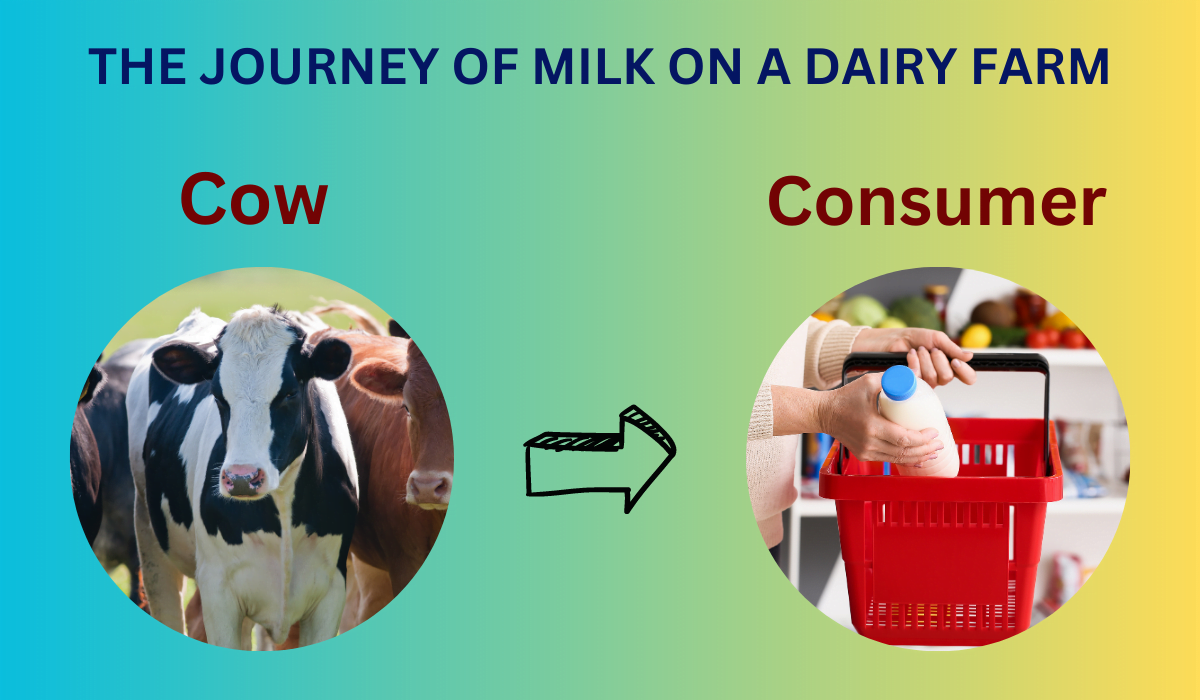Introduction
Have you ever wondered how that glass of milk you enjoy every morning reaches your table? The journey of milk from the cow to the consumer is an intricate process that involves various stages and careful considerations. In this article, we will delve into the fascinating journey of milk on a dairy farm, exploring each step from the cow’s udder to the carton in your refrigerator.
Understanding Dairy Farms
Dairy farms come in various sizes and types, ranging from small family-owned operations to large-scale commercial farms. These farms specialize in raising dairy cows, which are primarily bred for milk production. The cows’ health and well-being are crucial for ensuring high-quality milk.
Types of Dairy Farms
There are two main types of dairy farms: conventional and organic. Conventional farms use conventional farming practices and may employ artificial hormones and antibiotics to maximize milk production. On the other hand, organic farms adhere to strict regulations prohibiting the use of synthetic additives and focusing on organic feed and natural farming methods.
The Role of Dairy Cows
Dairy cows are the heart of any dairy farm. These specially bred cows undergo a carefully managed reproductive cycle, ensuring a continuous supply of milk. They are fed a balanced diet to support milk production and receive regular veterinary care to maintain their health.
The Milking Process
The milking process is a vital step in the journey of milk. Dairy cows are milked two to three times a day using automated milking machines. Before milking, the udders are cleaned to maintain hygiene. The milking machines gently extract the milk, which is then transported for further processing.
Milk Collection and Storage
Once the milk is collected from the cows, it goes through a series of steps to ensure its safety and quality before it reaches consumers.
Milk Transportation
After milking, the milk is swiftly transported to a collection center or processing facility. It is essential to maintain proper temperature control during transportation to prevent bacterial growth and maintain freshness.
Pasteurization
Pasteurization is a crucial process that involves heating the milk to kill harmful bacteria while retaining its nutritional value. The milk is heated to a specific temperature and held for a set duration, eliminating pathogens and ensuring it is safe for consumption.
Homogenization
Homogenization is the process of breaking down fat globules in milk to prevent separation and create a smooth and uniform texture. It involves passing the milk through small nozzles at high pressure, dispersing the fat evenly throughout the liquid.
Packaging and Distribution
Once the milk is pasteurized and homogenized, it is ready for packaging and distribution to retailers.
Packaging Milk
Milk is packaged in various containers, including cartons, bottles, and pouches. These containers are designed to protect the milk from contaminants and maintain its freshness. Proper labeling is done, including information about the milk’s fat content, expiration date, and nutritional facts.
Quality Control Measures
Quality control measures are implemented at every stage of milk processing to ensure its safety and quality. Samples are regularly tested for bacteria, antibiotics, and other contaminants. Any milk that fails to meet the required standards is discarded to maintain consumer confidence.
Distribution to Retailers
Once packaged, the milk is distributed to local retailers, supermarkets, and grocery stores. It undergoes careful transportation and storage to maintain its freshness. Refrigeration trucks and storage facilities help to keep the milk at an optimal temperature during transit.
Milk Safety and Regulations
Ensuring milk safety and complying with regulations is a priority for dairy farms and the entire milk supply chain.
Testing and Inspection
Milk is subject to rigorous testing and inspection to ensure it meets safety standards. Independent laboratories analyze samples for bacteria, antibiotics, and other contaminants. Regular inspections are carried out to monitor the farm’s hygiene practices and compliance with regulations.
Hygiene Practices
Maintaining strict hygiene practices is essential in preventing the contamination of milk. Dairy farms implement measures such as proper cleaning of milking equipment, regular sanitation of facilities, and the use of personal protective equipment by farm workers.
Government Standards
Government agencies set standards and regulations to ensure the safety and quality of milk. These standards cover various aspects, including milk processing, labeling, storage, and transportation. Compliance with these standards is crucial for maintaining consumer trust and safeguarding public health.
Sustainable Practices in Dairy Farming
Sustainability is becoming increasingly important in the dairy industry as farms strive to minimize their environmental impact and promote long-term viability.
Environmental Impact
Dairy farms are implementing sustainable practices to reduce their environmental footprint. This includes efficient water usage, proper manure management, and adopting technologies that minimize energy consumption.
Waste Management
Proper waste management is crucial in dairy farming. Farms are adopting innovative methods to treat and utilize cow manure, such as anaerobic digesters that convert it into biogas for energy production. This not only reduces waste but also contributes to renewable energy generation.
Alternative Energy Sources
Some dairy farms are exploring alternative energy sources to power their operations. Solar panels, wind turbines, and methane capture systems are being used to generate clean energy on-site, reducing dependence on non-renewable resources.
Conclusion
The journey of milk from cow to consumer involves a complex process that ensures the production of safe and high-quality milk. Dairy farms play a crucial role in maintaining the health and well-being of dairy cows while implementing sustainable practices. From milking to pasteurization, packaging to distribution, and compliance with regulations, every step is meticulously executed to provide consumers with a fresh and nutritious product.
FAQs
Is organic milk better than conventional milk? Organic milk is produced without the use of synthetic additives, and the cows are raised following organic farming practices. It is a personal choice, and both types of milk have their benefits.
How often are dairy cows milked? Dairy cows are typically milked two to three times a day, depending on their milk production and individual needs.
What is the purpose of homogenization in milk processing? Homogenization helps prevent the separation of milk fat and creates a smooth texture, ensuring a consistent product for consumers.
How is milk quality ensured on dairy farms? Milk quality is ensured through regular testing and inspection, adherence to hygiene practices, and compliance with government standards.
What are some sustainable practices in dairy farming? Sustainable practices indairy farming include efficient water usage, waste management, and the adoption of alternative energy sources to reduce the environmental impact of the industry.


